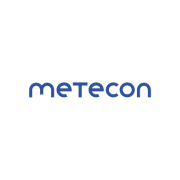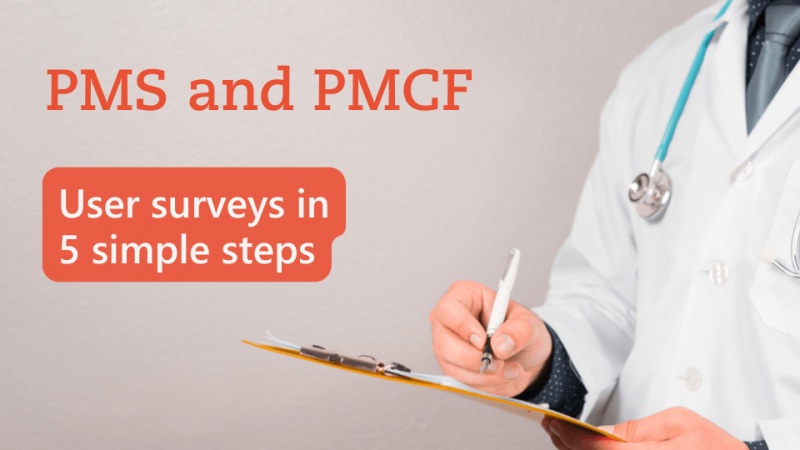Trend Detection Best Practices: Experience and tips for analyzing your PMS data
07/12/2021
Do you have any questions about the article or would you like to find out more about our services? We look forward to hearing from you!Make a non-binding enquiry now
Dr. Jennifer Dean with initial results from her research on trend detection: highlighting opportunities and possibilities, but also sharing tips on the limitations when using trend detection tools.The analysis of Post-market surveillance (PMS) data for medical devices and IVDs can include the use of trend detection tools to help identify when the current performance of key data is no longer consistent with its past performance. A trend detection tool supports the PMS data analysis when this data is regularly evaluated over time against predefined triggers set by the user. When a trigger condition is met, then follow-up actions are initiated as defined in the relevant standard operating procedures. The advantage of trend detection tools is that they can provide objective criteria for when a medical device manufacturer should consider further measures. However, trend detection tools only provide part of the analysis and the manufacturer should consider all available evidence in deciding when further measures should be initiated. As trend detection tools can play an important role in the PMS data analysis, it is important that their effectiveness and sensitivity are well understood. ISO/TR 20416 "Medical devices – Post-Market Surveillance for manufacturers" presents different trend detection tools that can be used to analyze PMS data and provides suggestions on triggers for each tool. However, it is not very clear how these tools can best be implemented and what their sensitivity is to emerging trends. This question has become more relevant due to the new PMS requirements in both Regulation (EU) 2017/745 (EU MDR) and Regulation (EU) 2017/746 (IVDR). I had the pleasure to work on this topic recently as part of a Masters Thesis completed with Prof. Dr. Folker Spitzenberger at the University of Applied Sciences in Lübeck, Germany. In this thesis, several trend detection tools were evaluated for their effectiveness and sensitivity in different situations to achieve a better understanding of these tools.While we are waiting for publication of the results, I’d like to tell you about some of the highlights now. We evaluated six different trend detection tools with triggers that were selected for this work. Half of the evaluated trend detection tools were from the GHTF/SG2/N54R8:2006 "Medical Devices Post Market Surveillance: Global Guidance for Adverse Event Reporting for Medical Devices" and half were from ISO/TR 20416. For some trend detection tools, we were able to derive a relationship between the historical average of the dataset, the standard deviation for the dataset and the percent change that the trend detection tool was able to detect. This means that if you know the historical average and standard deviation for your data, it is possible to determine the minimum percent change in the data that will result in a trigger. These are pretty exciting results!We wanted to evaluate these trend detection tools on two types of trends: a "short, but sharp" increase and a "slow, but steady" increase. It was pretty difficult to obtain real-world trend data meeting either of these characteristics, so we set requirements for the type of data we would need, carried out simulations and validated the simulation results against our requirements. Finally, we could get started!We found out that the sensitivities of the different trend detection tools with the triggers defined in our work were different and that not all trend detection tools were equally effective. There was definitely a trade-off between trend detection tools that were a bit faster and those that were more sensitive. The best solution may very well be a combination of the two. We then had a chance to work with real-world data, which confirmed our results and showed us some of the real-world limits when using trend detection tools. I would also like to share some of our insights on the use of trend detection tools in meeting trend reporting requirements according to Article 88 of the EU MDR or Article 83 of the IVDR. Here it is essential to understand that trend detection tools in themselves are not linked with the technical documentation or the benefit-risk ratio. So be careful that you set this up correctly! At Metecon, we have solutions for how to meet your trend reporting requirements according the EU MDR and IVDR and are happy to discuss these with you.Trend detection tools can help you in the analysis of your PMS data, but we have learned that good PMS processes are essential to ensure these tools are properly implemented. In other words, a prerequisite is anchoring these tools in a good quality management system. In addition, you want to make sure you understand what types of data you can use trend detection tools on because you need to always make sure that you are meeting all relevant vigilance requirements. As always, you should take the expectations of your notified body into consideration and initiate the right measures when they are needed.This is a challenging topic and we at Metecon can help you in choosing the right strategy for your data. The experience we have gained can help you with a smoother implementation and help you to understand what sensitivity you can expect from the different trend detection tools for your data. If you would like to know more, I would be pleased to hear from you!Best regards
Our blog posts are researched and created with the utmost care, but are only snapshots of the regulations, which are constantly changing. We do not guarantee that older content is still current or meaningful. If you are not sure whether the article you have read on this page still corresponds to the current state of regulation, please contact us: we will quickly place your topic in the current context.



